crossposted from Voices on the Square
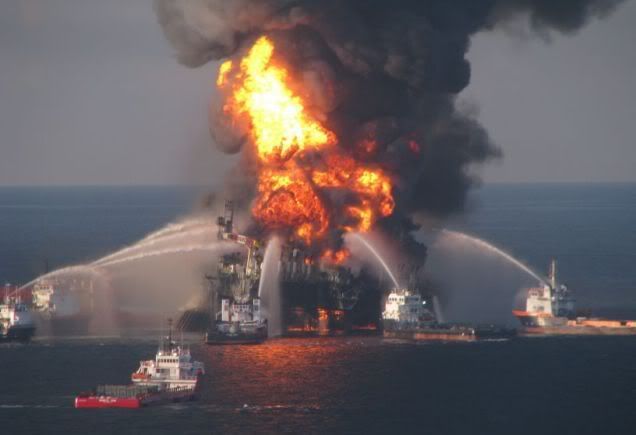 In the online support for the April, 2013 Scientific American article on Energy Return on Investment (EROI), Scientific American online interviewed Charles Hall, developer of the EROI concept, on whether Fossil Fuels will be able to maintain economic growth. In one of his answers, Charles Hall responds to the question:
In the online support for the April, 2013 Scientific American article on Energy Return on Investment (EROI), Scientific American online interviewed Charles Hall, developer of the EROI concept, on whether Fossil Fuels will be able to maintain economic growth. In one of his answers, Charles Hall responds to the question:
What happens when the EROI gets too low? What’s achievable at different EROIs?
He says:
If you’ve got an EROI of 1.1:1, you can pump the oil out of the ground and look at it. If you’ve got 1.2:1, you can refine it and look at it. At 1.3:1, you can move it to where you want it and look at it. We looked at the minimum EROI you need to drive a truck, and you need at least 3:1 at the wellhead. Now, if you want to put anything in the truck, like grain, you need to have an EROI of 5:1. And that includes the depreciation for the truck. But if you want to include the depreciation for the truck driver and the oil worker and the farmer, then you’ve got to support the families. And then you need an EROI of 7:1. And if you want education, you need 8:1 or 9:1. And if you want health care, you need 10:1 or 11:1.
Civilization requires a substantial energy return on investment. You can’t do it on some kind of crummy fuel like corn-based ethanol [with an EROI of around 1:1].
A big problem we have facing the alternatives is they’re all so low EROI. We’d all like to go toward renewable fuels, but it’s not going to be easy at all. And it may be impossible. We may not be able to sustain our civilization on these alternative fuels. I hope we can, but we’ve got to deal with it realistically.

 This is the year that the funding authorization for the Federal Rail Authority expires, and the Obama administration is answering with
This is the year that the funding authorization for the Federal Rail Authority expires, and the Obama administration is answering with  The fundamental objectives of a national Steel Interstate project are two-fold:
The fundamental objectives of a national Steel Interstate project are two-fold: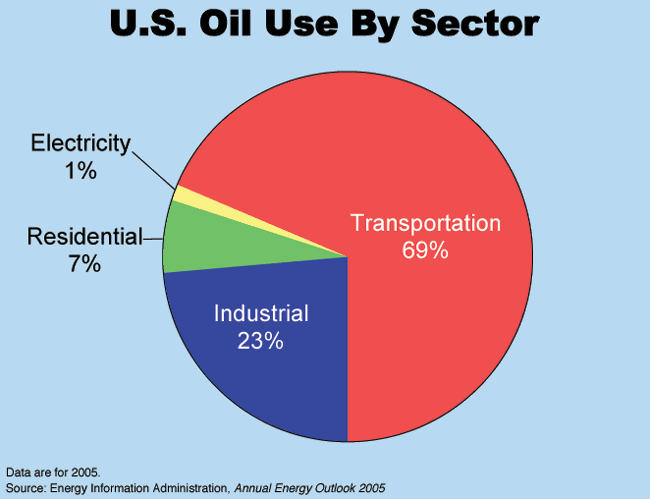 The importance of Energy Independence for a sustainable economy may not be as widely understood, but it is as fundamental. For an economic system to be truly sustainable, it must be reproducible. That is, it must be sustainable even if adopted by all countries in the global community. That is why simply importing energy from others to cover the massive gap between our country’s biocapacity and our country’s ecological footprint is not, in fact, sustainable. It cannot be reproduced all around, because then there is no “somewhere else” to go get the energy.
The importance of Energy Independence for a sustainable economy may not be as widely understood, but it is as fundamental. For an economic system to be truly sustainable, it must be reproducible. That is, it must be sustainable even if adopted by all countries in the global community. That is why simply importing energy from others to cover the massive gap between our country’s biocapacity and our country’s ecological footprint is not, in fact, sustainable. It cannot be reproduced all around, because then there is no “somewhere else” to go get the energy.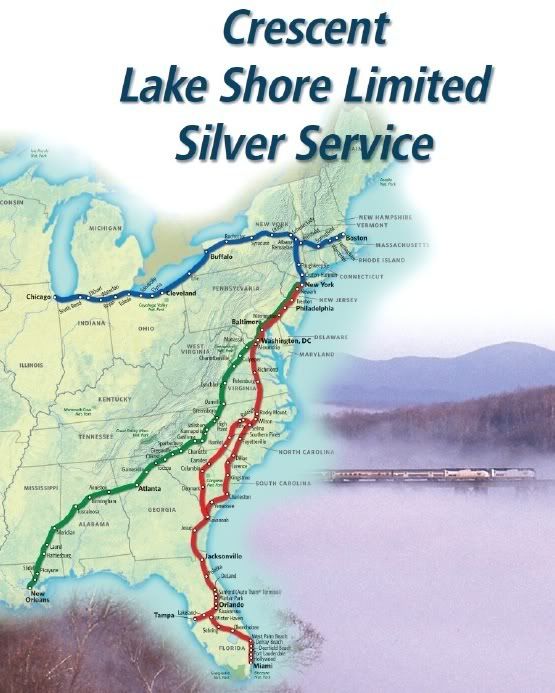 Back in early June, in
Back in early June, in 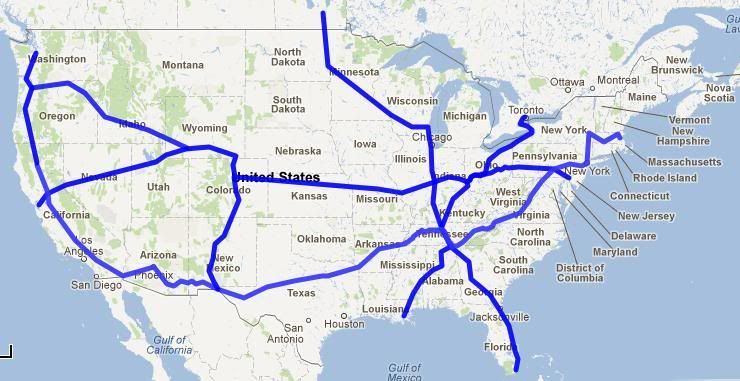 The last two weeks on the Sunday Train, I’ve been writing about the Steel Interstate.
The last two weeks on the Sunday Train, I’ve been writing about the Steel Interstate. 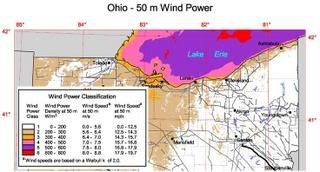 And why the Great Lakes? Because that’s where the wind blows, as shown on the trimmed down version of the 2004 50m wind speed map for Ohio to the right.
And why the Great Lakes? Because that’s where the wind blows, as shown on the trimmed down version of the 2004 50m wind speed map for Ohio to the right.
Recent Comments